10 TV Shows With INSANE Endings
Maybe it’s the thought of impending unemployment thundering towards the writing staff, but some TV shows really managed to lose the plot in their final moments on screen. Messengers of Satan, falling pianos, men with gorilla face masks… all have been used to wind up long-running series. Why? We may never know. Here are some of the most deranged and upsetting finales in telly history. Be warned… there are a few spoilers ahead. Quite a few.
Dinosaurs - They all go extinct

‘Dinosaurs’, the Flintstones-esque puppet sitcom created by Jim Henson’s Creature Workshop, was great fun. Until, much like the fate of the real-life dinosaurs, it wasn’t. Following the anthropomorphic dinosaur family the Sinclairs, the final episode, broadcast in 1994, took on the case for extinction of all life on Earth, after the dinosaur race builds a plastic fruit factory over the breeding grounds of the Bunch-Beetle. Accidentally killing off the species, it puts in place a chain of events which ends in the Sinclair family huddled and freezing in their home as a new ice age takes hold, set to kill them all. And everything. In the world. The episode even came with a warning that younger viewers could be upset by the existential maelstrom that was about to consume them. You got that right.
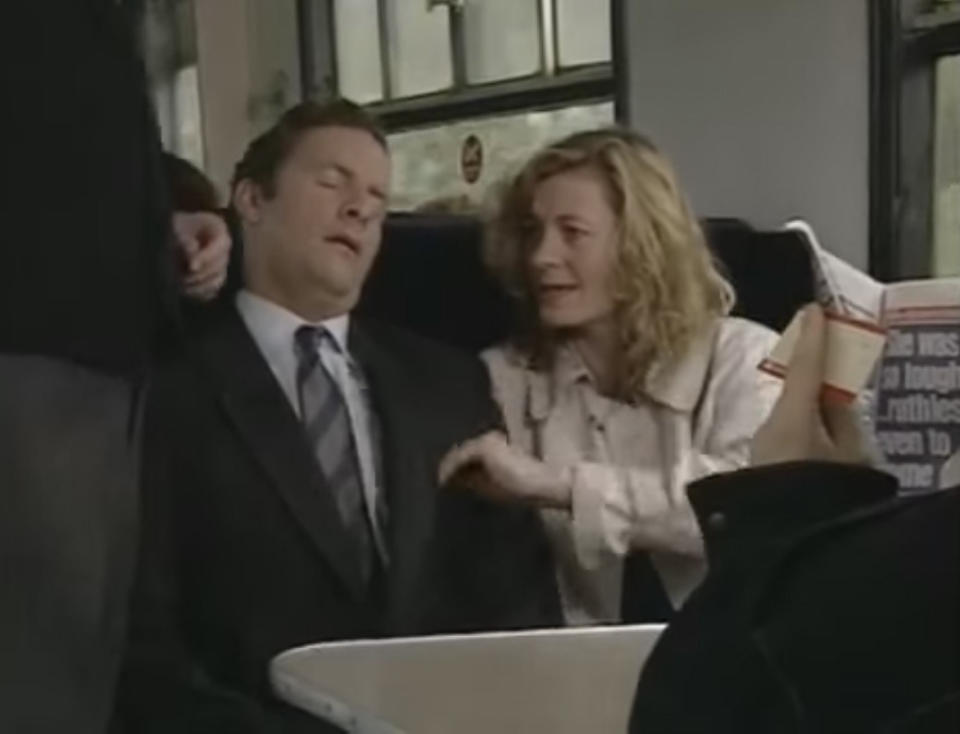
The Brittas Empire - It was all a dream
To say the finale of The Brittas Empire felt like a bit of a cop-out is to understate the matter somewhat. The show was a towering hit on the BBC, regularly receiving audiences of 10 million in its primetime slot. Original writers Andrew Norriss and Richard Fegen left after five series, but it carried on for a further two, winding up with the insane episode 'The Curse of the Tiger Women’. After leisure centre manager Gordon Brittas (Chris Barrie) is cursed by a gypsy, things get apocalyptic when people start dying after eating his food. There’s then a brief foray into a biblical sideplot, with the afflicted caretaker Colin building an ark, before Gordon wakes up on a train next to his wife, the entire series – all of it – having been a vivid dream.

Lost - Everyone was dead
A great many invested a great deal in 'Lost’, Jeffrey Lieber, J.J. Abrams and Damon Lindelof’s serpentine shipwreck drama, one of the biggest 'event TV’ shows of the 2000s. It was, to begin with at least, compulsively intriguing, with its smoke monsters, its mysterious numbers and 'the others’. However, its success was likely its undoing, with plots dead-ends all over the place as it was extended season after season. Those loose ends remained flailing in the wind as it emerged that all the characters were *spoiler alert* dead, and looking back on their experiences on the island – all very real, by the way – from a purgatorial type state. Some liked it. Most did not.
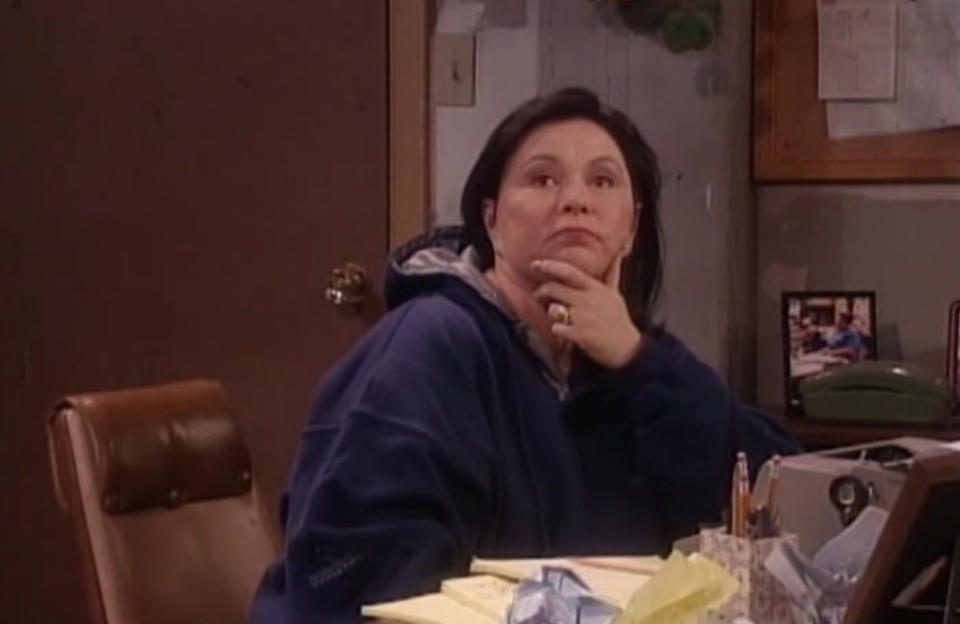
Roseanne - The last season was a dream
The whole final season of hit comedy 'Roseanne’ was terribly odd. Ratings were taking a nose dive from its days at the top of the US TV charts, so strangely desperate measures and increasingly cheap stunts were brought in, in the hope of clawing back viewers, including the Conners family winning the state lottery. In the final part of the two-part finale, broadcast in 1997, it emerged that the whole season was a fantasy – including the lottery win – of Roseanne Barr’s central character, who is struggling following the death of husband Dan (John Goodman, absent for most of the season) at Darlene’s wedding at the end of season eight. The audience was asked to believe that she’d created the story as a coping mechanism to escape her depressing situation. It explained the finals season’s surreal tone, but it was just a tad too post-modern for its massively broad audience. And no one really liked it.
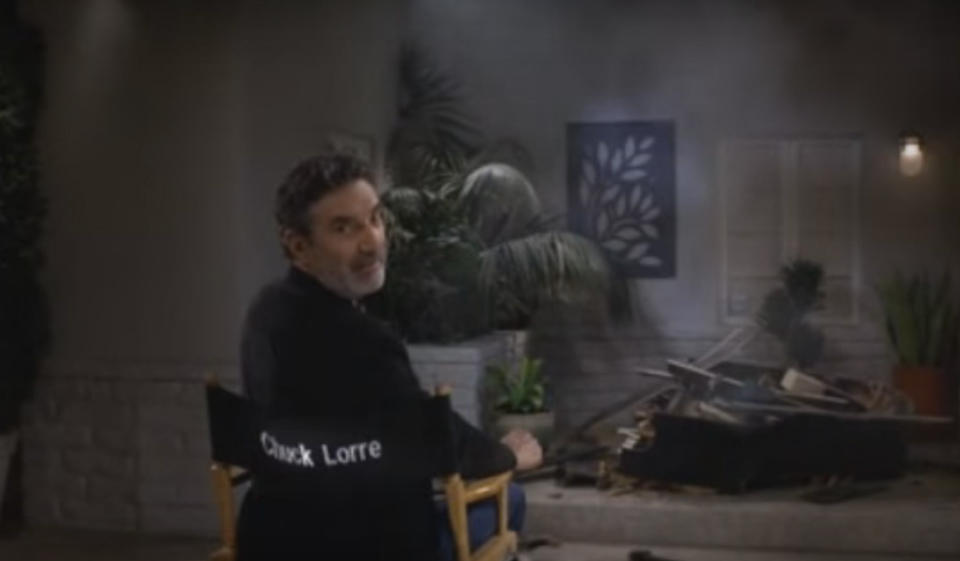
Two And A Half Men - It bought back a fake Charlie Sheen
By the time 'Two And A Half Men’ had dispensed with Charlie Sheen, the show was already dead in the water, even with new character Ashton Kutcher taking Sheen’s place. Come the final episode, it seemed that creator Chuck Lorre’s turbulent feud with Sheen (he was a bit of a handful, admittedly) was still rather raw, and thus allowed to slip into the show. In a case of shoe-horning in plots using the catch-all excuse of being 'meta’, it emerged that Sheen’s character, also called Charlie, was not dead as heavily inferred in previous episodes - thrown in front of a train by his ex, Rose - but kept prisoner in Rose’s basement. After it emerges he’s still alive, a Charlie Sheen-a-like, only seen from behind, approaches the door of his old beach house, and is unceremoniously crushed by a falling grand piano. As the camera pans back, it rests on Lorre in his director’s chair, who turns to the camera and utters the words 'winning’ (Sheen’s meltdown catchphrase), before also being crushed by a piano. Some criticised Lorre for being unprofessional, in letting their feud spill onto the screen.
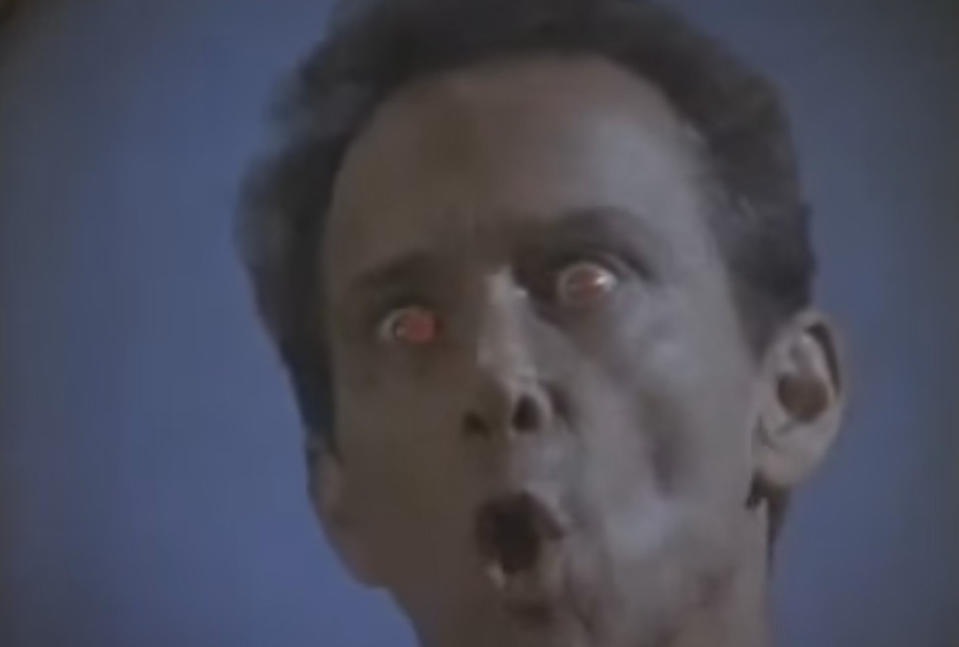
Dallas - JR kills himself
The finale of 'Dallas’ in 1991 was absolutely baffling, demanding next-level suspension of disbelief, even for a show which had brought characters back from the dead in the past. Over a two-hour episode called 'Conundrum’, Larry Hagman’s J.R. Ewing is taken on a 'It’s A Wonderful Life’-style journey by Adam, an angel type character who pulls J.R. from the brink of suicide. Showing him the world without J.R. (Cliff Barnes becomes President, Sue Ellen a successful soap star), Adam then reveals himself to be an agent of Satan, and goads J.R. into killing himself, which, after an off-screen gunshot, it’s presumed he has. The programme makers tried to redress the 'conundrum’ in a 1996 reunion movie 'Dallas: J.R. Returns’, suggesting that he’d fired at a mirror instead, but the damage was already done.
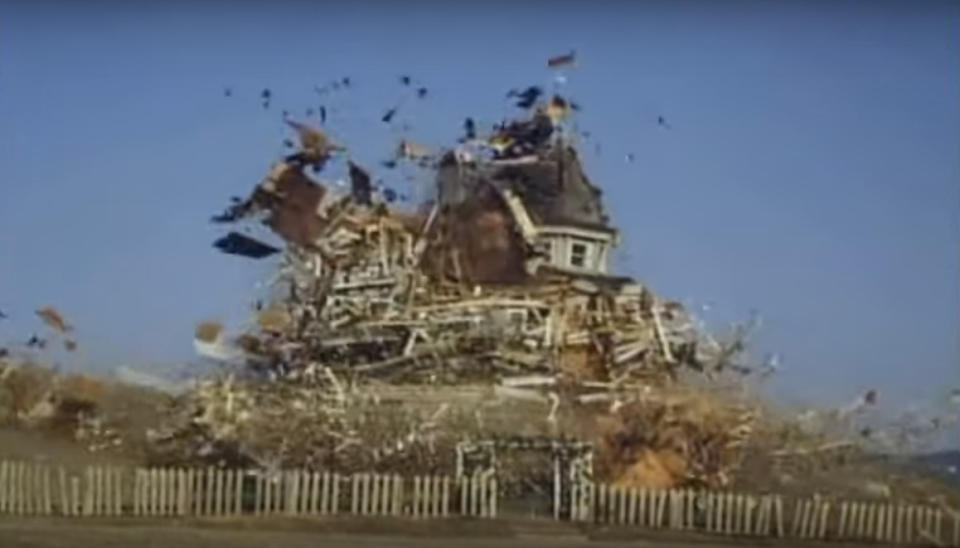
Little House On The Prairie - The whole town burns down
The trials and tribulations of the Ingalls family on their ranch in Walnut Grove, Minnesota, ended not as the bucolic, folksy opening credits might have suggested it would, but in a hail of dynamite and wanton destruction. In 'The Last Farewell’, broadcast as a 95-minute special, the townsfolk discover the land they thought to be theirs has been acquired by greedy railroad tycoon Nathan Lassiter. Rather than let it fall into his hands, they raze the whole place to the ground, destroying all of the buildings in the township in an orgy of arson. It was, to say the very least, a bit unexpected all things considered.
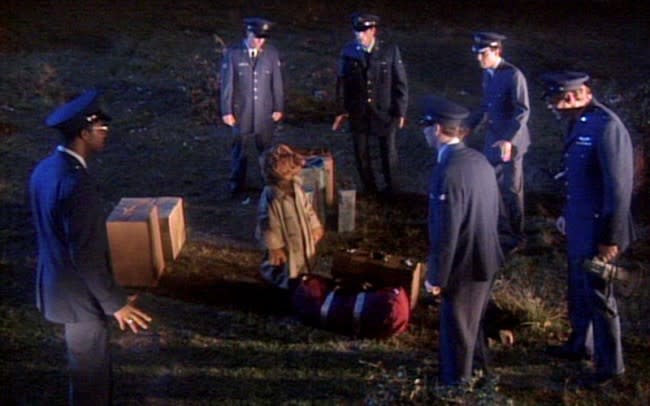
A.L.F. - A.L.F. is captured by the government
A.L.F. was a wholesome, knockabout, fish-out-of-water comedy series. Until the last episode, of course, which ended in a needlessly horrifying manner. Throughout the series, the cuddly, wise-cracking alien had avoided the Alien Task Force, the military agency who explain in the very first episode that they wish to find him, subject him to torturous experimentation and then finally dissect him in the name of science. The Tanner family then decide to keep him safe in their garage. Until the last episode. Receiving word that some fellow alien survivors from his home planet Melmac are planning to find a new world to live in and recolonise, he agrees to rejoin his brethren, only for the Task Force to turn up at the meeting point. His alien chums, low on fuel, fly away. Leaving A.L.F. to meet his horrific fate. And this was a kid’s show. For shame.
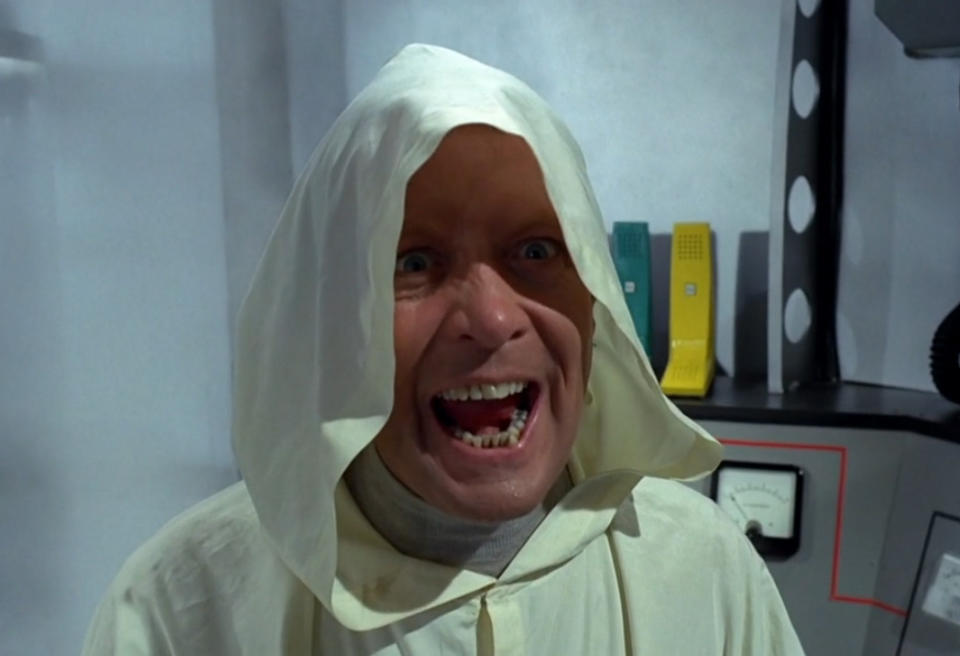
The Prisoner - Number Six was a clone, or something
The Prisoner was on the edge of comprehension from the get-go, so maybe its bizarre finale was to be entirely expected. Running for only 17 episodes in all, its cult following should be grilled over the meaning of the last episode, Fall Out, before they’re allowed to bang on about how amazing it is. In it, Patrick McGoohan’s continually foiled Number Six finally confronts his supposed captor, Number One, the leader of the colony in which he’s been imprisoned. Tearing off his mask, he first reveals a gorilla mask beneath it, and then, tearing off the gorilla mask, his own face, which is laughing maniacally back at him. Was he a clone? Was he his own captor? Who bloody knows.
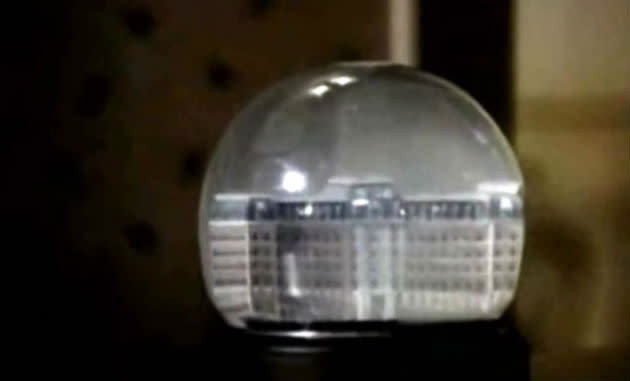
St Elsewhere - The whole series was dreamed up by an autistic child
edical dramas. The most pragmatic of all shows, right? Well, not St Elsewhere. In a twist no-one saw coming, the final episode, called 'The Last One’, proffered the notion that the whole series was conjured from the mind of Dr Donald Westphall’s autistic son Tommy. Donald (Ed Flanders) is shown not in doctor’s scrubs but in construction worker’s overalls in the final scene, returning home from work and explaining to the character fans would know as Dr. Daniel Auschlander, who appears now to be Tommy’s granddad, that 'I don’t understand this autism thing, Pop. Here’s my son. I talk to him. I don’t even know if he can hear me, because he sits there, all day long, in his own world, staring at that toy. What’s he thinking about?’ As he does so, Tommy plays with a snowglobe, inside which is the St. Eligius hospital. By extension, there’s has since emerged 'The Tommy Westphall Universe Hypothesis’, which suggests shows as disparate as 'The X-Files’, 'Homicide: Life on the Street’ and 'Law & Order’ could all be from Tommy’s mind too. They aren’t of course. Obviously. To add bizarre insult to injury, the show also showed the kitten, called Mimsie, who was the mascot logo for the show’s production company MTM Enterprises, flatlining at the end of the credits. Oh, the humanity.
Read more:
20 Celebs Who Are Unrecognisable Out Of Costume
How The Weird Ending Of The Brittas Empire Ruined The Entire Show
How Do Reality TV Stars Make Their Money?
Image credits: BBC/ABC/CBS/NBC/ITVMTM

 Yahoo Movies
Yahoo Movies 
